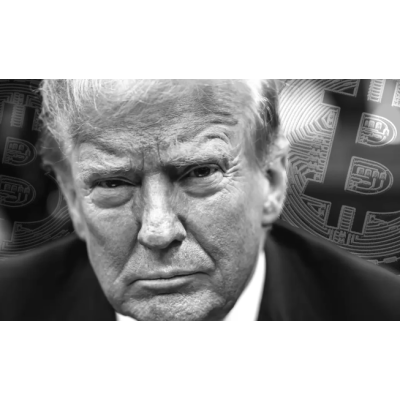

In the modern era of digital trading, the integration of artificial intelligence (AI) with trading platforms has revolutionized the way traders analyze markets, make decisions, and execute trades. Among the myriad of AI technologies, OpenAI’s ChatGPT stands out as a powerful tool for developing intelligent trading bots. This article aims to provide a step-by-step guide on how to build a trading bot using ChatGPT, ensuring you grasp the essence of each implementation, and adhere to the best practices in the industry.
ChatGPT, a sibling to the renowned GPT-3, is designed to engage in conversation. Its ability to understand and generate human-like text makes it a valuable asset in creating trading bots that can interpret market data, generate insights, and interact with users in a coherent manner.
import openai
# Initialize ChatGPT
openai.api_key = 'your-api-key'A crucial step in building a trading bot is acquiring real-time or historical market data. Utilize APIs like Alpha Vantage or Yahoo Finance to fetch the necessary data.
import yfinance as yf
# Fetch historical data
data = yf.Ticker("AAPL").history(period="1y")Clean and structure your data in a way that’s conducive for analysis. This might include handling missing values, converting timestamps, or normalizing values.
# Handling missing values
data.dropna(inplace=True)Create features that might help in predicting market movements. This could include technical indicators like moving averages, RSI, or MACD.
# Calculating Moving Average
data['MA50'] = data['Close'].rolling(50).mean()Utilize ChatGPT to analyze market conditions, trends, and potential trading signals. You can feed market data and any other relevant information to ChatGPT to generate insights.
response = openai.Completion.create(
engine="davinci",
prompt=f"Analyze the market trend for AAPL based on the following data:\n{data.tail().to_string()}",
max_tokens=150
)
analysis = response['choices'][0]['text'].strip()Implement a trade execution system to place orders based on the insights generated by ChatGPT. Ensure to handle errors and confirmations gracefully.
def place_order(symbol, quantity, order_type):
# Implement your order placement logic here
pass
# Example: Place an order based on ChatGPT analysis
if "bullish" in analysis:
place_order("AAPL", 10, "buy")Design a user interface or a chat system where users can interact with the trading bot. ChatGPT can be used to handle user queries and provide insightful responses.
user_query = "What's the market outlook for AAPL?"
response = openai.Completion.create(
engine="davinci",
prompt=f"{user_query}\n{analysis}",
max_tokens=150
)
reply = response['choices'][0]['text'].strip()Embarking on the journey of creating a trading bot with ChatGPT opens up a realm of possibilities in blending the power of AI with financial analytics. The steps outlined in this guide provide a robust foundation for anyone keen on exploring the intersection of AI, trading, and financial analysis. By adhering to the best practices and understanding the core implementations, you are well on your way to developing a trading bot that is not only intelligent but also highly interactive and user-friendly.